I had a really good visit to Philadelphia and now I’ve landed with my daughter in New York for the next 9 days. At Wooden Shoe Books in Philly yesterday, on a spectacularly nice spring afternoon (I never would have gone indoors to hear someone speak!) a little over 20 people turned up to jam into the small space and hear my rap. I am happy that I’ll have help in keeping track of questions in the next couple of weeks because as much as I love how great the feedback and questions and comments have been, I just cannot remember much of it after it’s over. But it was really gratifying at Wooden Shoe yesterday.
One thing I do remember is another person asking me about how to get from here to there, or how to kind of leap over the gap between the small-ish activities I’m describing and the big changes the Nowtopian analysis implies. Of course I don’t have a convincing answer for that. It actually flies in the face of my sense of history. I spoke to it at each of my stops and I was pondering this a bit on the train ride from Philly today. If I’m anywhere near right that there’s something new cooking at the base of society, and it might someday recognize itself as movement for the emancipation of all of us from the stupidity of economic logic and a life of pointless, self-defeating work, then it’s not something that will happen quickly.
I use the received idea of ‘revolution’ as a foil, since it’s an idea that generally connotes something quick and dramatic, even cataclysmic, in which suddenly life is completely different. I really don’t believe in such a vision, which strikes me as fundamentally religious. I can imagine revolutionary moments where authorities fall for one reason or another, but if we haven’t been on the path for a good length of time, building trusting relationships and solid communities that can self-manage the complexities of daily life in an open and democratic fashion, it’s most likely that some version of how we live now will re-emerge soon after. The Tortoise approach means we accept that we have to take slow, ponderous, deliberate steps more or less all the time, to get where we’re going, which is a radically different life in all its nuance and detail. It takes radical patience, the calling card of the (politicized) Tortoise…
Anyway, here are a few photos of Philadelphia:
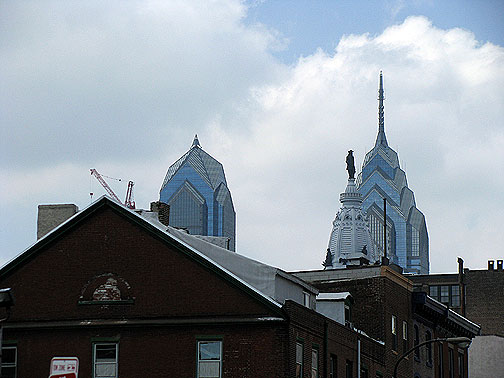
Ben Franklin’s hat brim on his statue on City Hall used to be the limit of highrises in Philadelphia when I lived in the nearby suburb of Drexel Hill in 1974 (I made the ignominious contribution to local “culture” of helping to open Waldenbooks at two new malls, Springfield and Granite Run)… obviously it isn’t anymore!
In Nowtopia’s gardening chapter I talk about Philadelphia Green and its support from the Pennsylvania Horticulture Society, so I was tickled to see this mural. And then on my way out of town I passed the second one. Both are weirdly garish and not my favorite in terms of artistic style, but since they are contributing to the culture that I’m writing about, here they are:
Another local institution that helped inspire me to write the outlaw bicycling chapter is the Bike Church on the Univ. of Penn campus. Here’s the sign for it, but I didn’t get to visit this time.
Of course I have to show the Wooden Shoe sign, followed by my gracious hosts, Alexis and Jon with their 1-year-old baby Sonya. Alexis set up an event for me at A-Space since her bookshop, Bindlestiff, isn’t really big enough to handle an author reading. I had been in the same A-Space some years ago when I passed through on the Critical Mass book tour, so it was fun to visit it again. A nice crowd of about 20 people came and though they didn’t buy books, they did engage with me and the material with intelligence and good will.
They live in an area to the west and south of the Penn Univ. campus, so it’s at the edge of a zone of gentrification. Turns out Alexis is part of a larger group of folks who purchased (for as little as $4000) about 20 different buildings in the area, and now they’re faced with the drama of regularizing their collective ownership. At least all the participants who are still around understand that the buildings belong to the “movement” and not to the individuals whose names are on the deeds… but you can imagine a bad story developing from that down the road… Anyway, near this part of West Philly, which had a lot of squatters some years ago, there is some really desperately poor areas with ramshackle houses and severe poverty. Riding my bike through one such neighborhood I found a place Alexis suggested I check out: Bartram Gardens. Apparently Mr. Bartram was one of colonial America’s first botanical scientists, with his brother, and had a farm along the Schuykill River where they collected and propagated specimens of a wide variety of plants. Some things they planted are no longer extant where they were collected, so the garden is something of a mini-bioreserve, next to some harsh housing projects in West Philly… here’s a couple of photos I took after sneaking in after closing time…
Talk about your tortoise-like approach to science! The old botanical collectors of the British Empire were quite methodical, but definitely took the time they had to take to build up their collections, plundering the world’s patrimony, now reduced to “intellectual property” in many circles in order to facilitate the marketization of biological information… but that’s a whole different idea of the tortoise and not really what I’m getting at by using the expression to describe Nowtopian efforts… still, the Bartrams were early gardeners and as such, important contributors to the still evolving prospects of a serious move to urban agriculture in the near future…

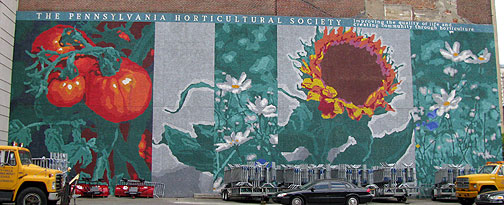
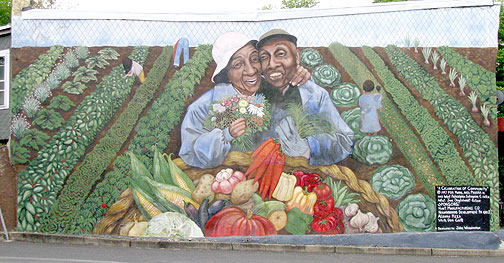
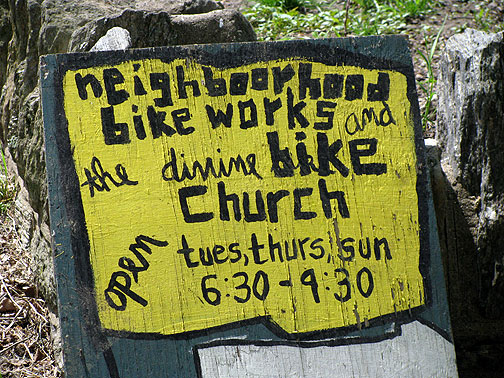
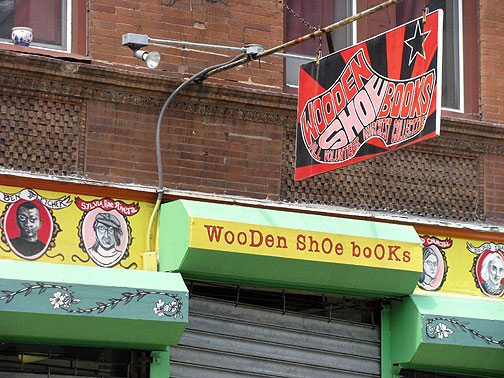
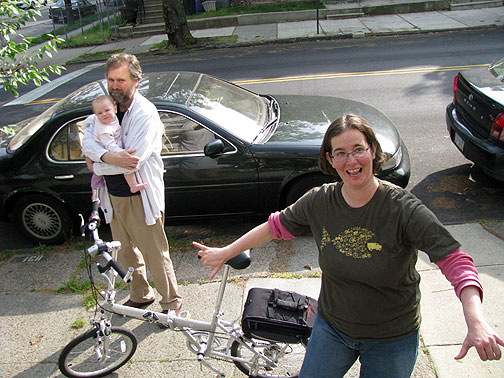
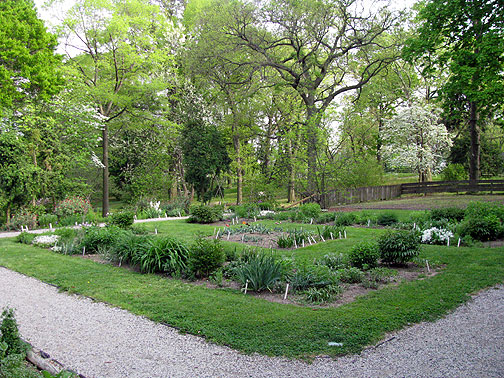
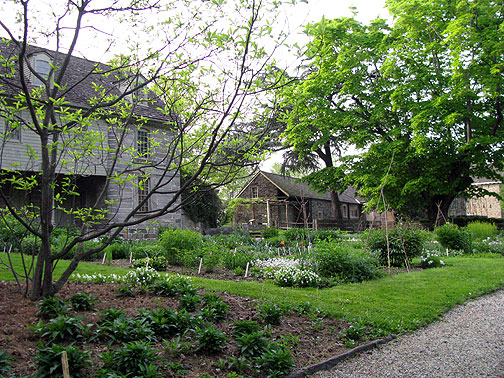











it was great to have you in philly for a couple days. we had a nice chat after your talk at a-space. i hope you enjoy the rest of your tour.
one correction, though. that’s William Penn atop City Hall, not Ben Franklin. i know, it’s easy to think _everything_ in philly is ben-related. 🙂